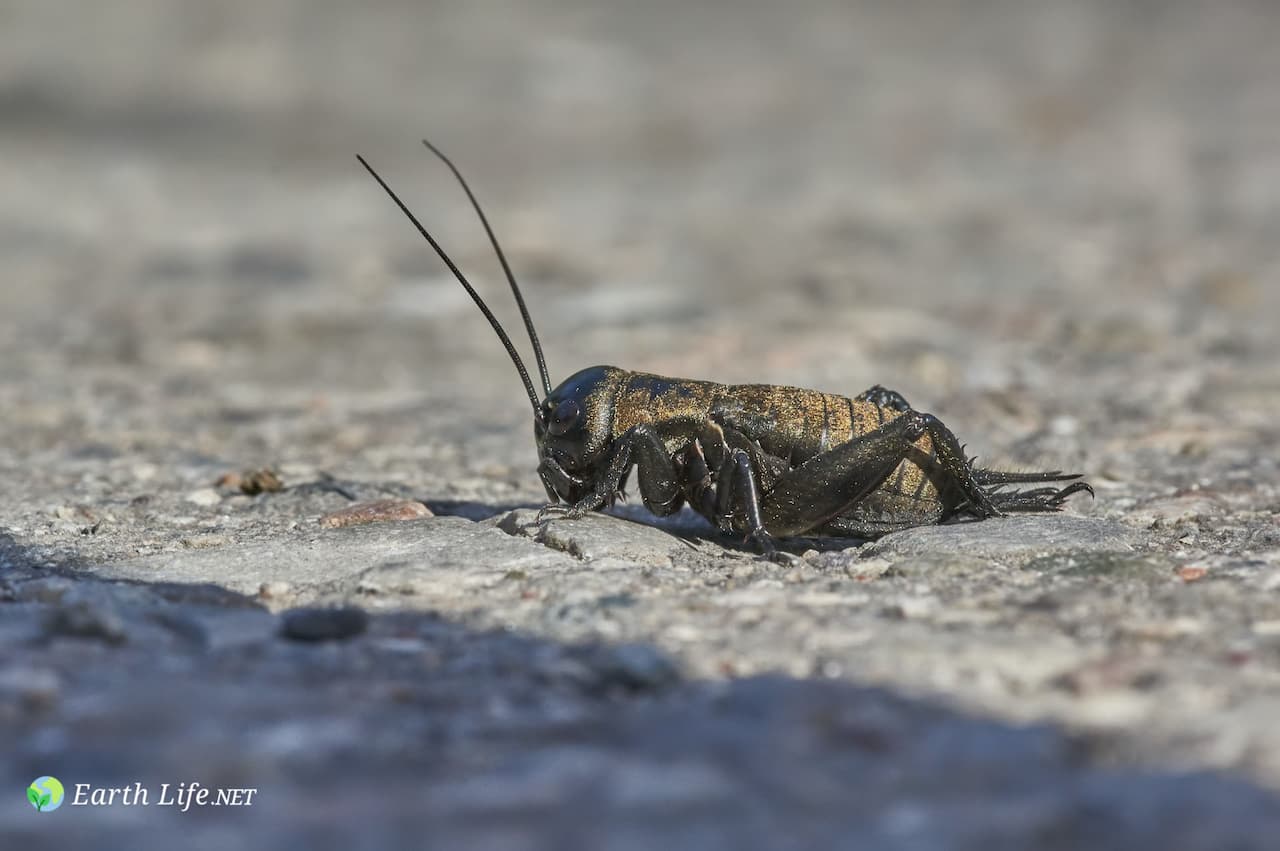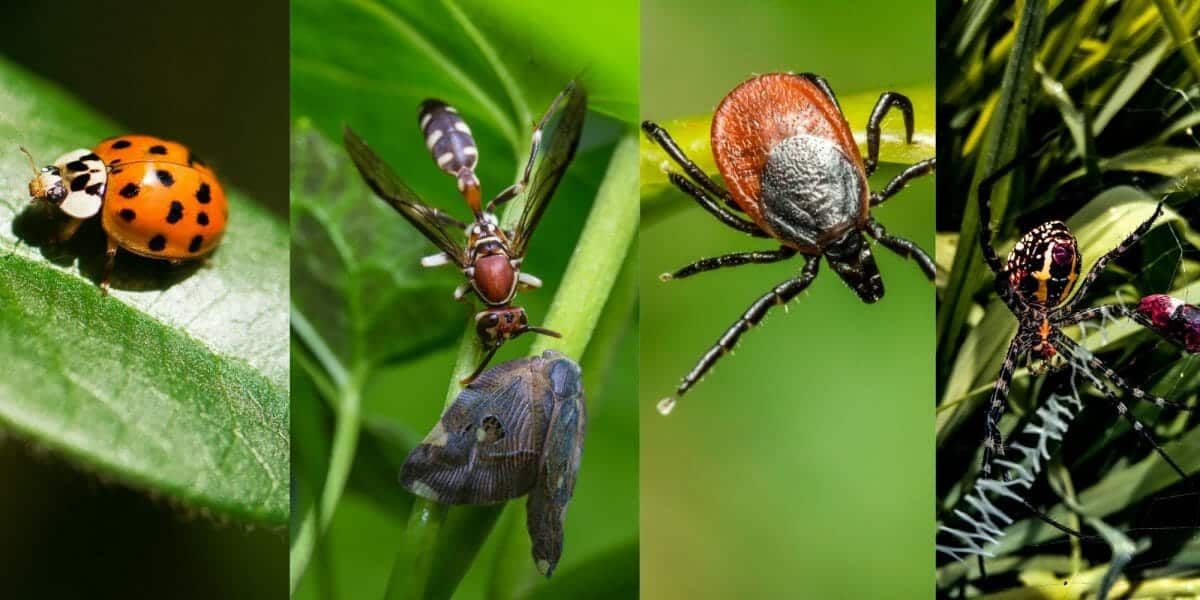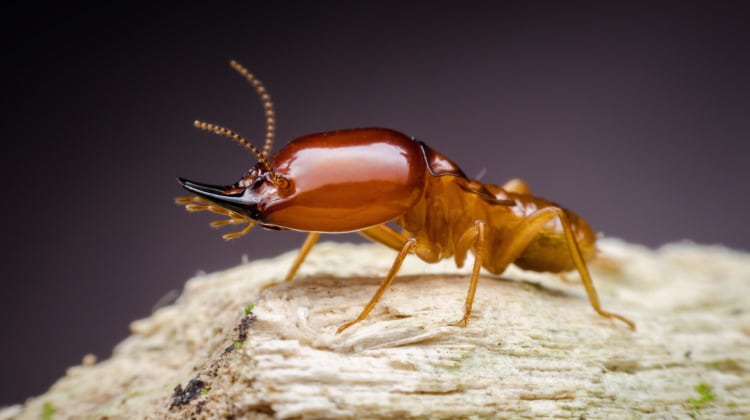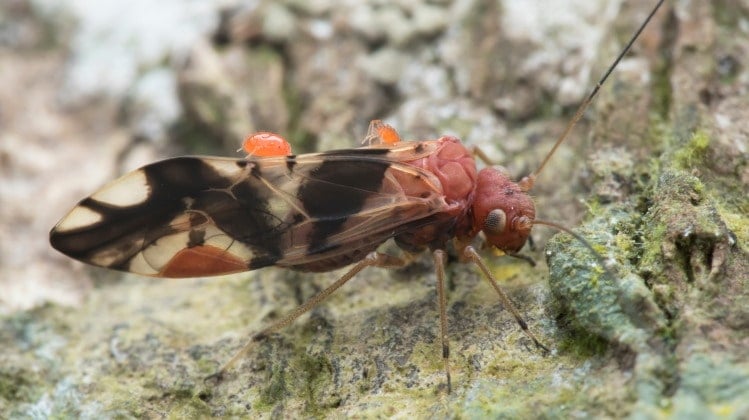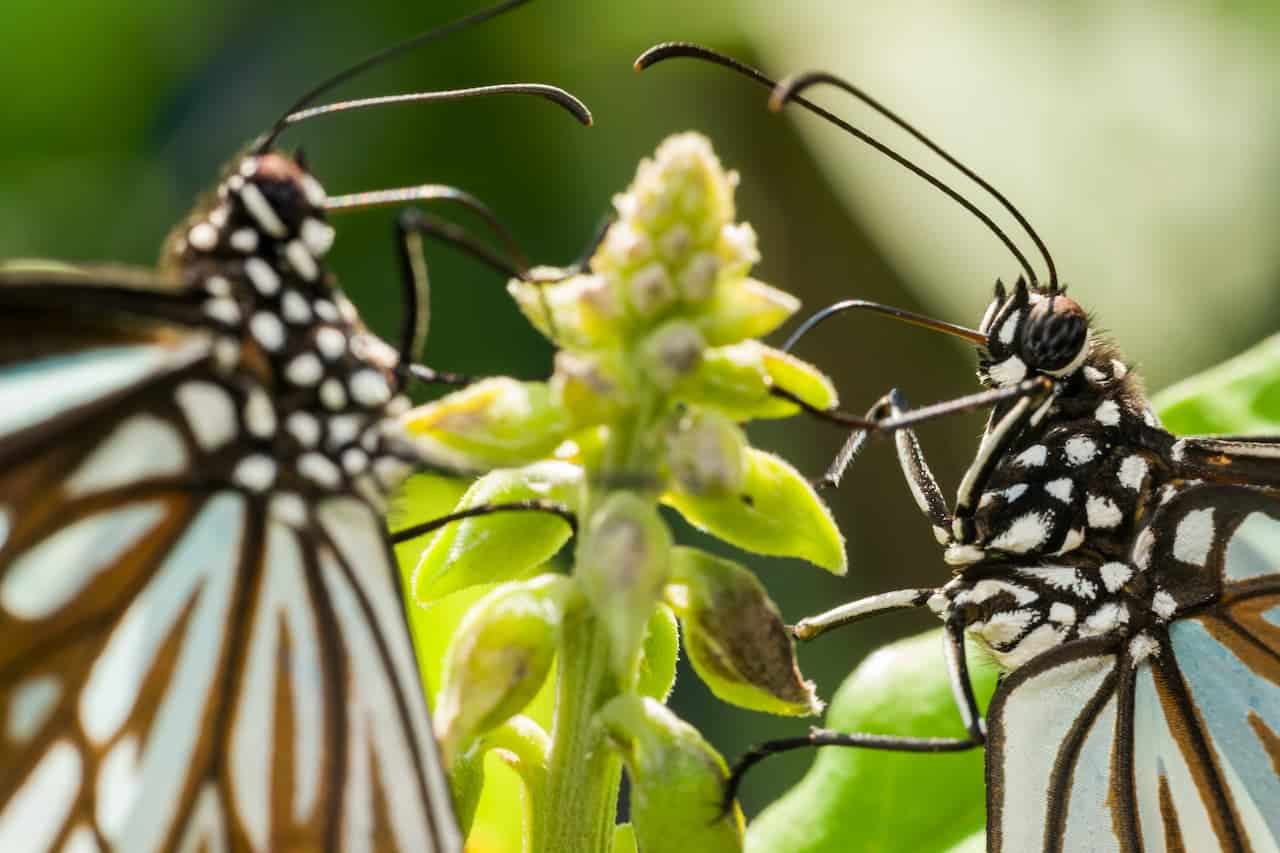The 20 Weird Insects
20 Weird Insects and The Most Interesting Insects in the World
[social-share]
It’s no secret that weird insects give us the creeps. Of course, who wouldn’t be afraid of the giant, flying beetles or venomous spiders? While these insects may be intimidating, there is another side to the insect world. It is filled with unique and fascinating species that you may have never even heard of before.
In this article, you will learn about 20 of the weirdest and most interesting insects in the world. We’ve also included their unique characteristics, behaviors, and habitats.
Weird Insects: The Weirdest-Looking Bugs You’ve Never Heard Of
Here are 20 of the weirdest and most interesting insects in the world:
#20 – Antarctic Scale Worm
If the thought of slithering worms makes your skin crawl, wait until you hear about the Antarctic Scale Worm.

You can find this bizarre creature on the Antarctic Ocean floor with rows upon rows of protective scales covering it. These scales are what we call elytra, and they act as a defense mechanism against ocean predators.
While few people know about their feeding habits, researchers have suggested that they are active hunters. This means they may stalk and capture their prey instead of scavenging for food.
The worm isn’t your typical small, slimy creature, though. It can grow up to a whopping 7 inches in length and has either white or beige coloration.
The part of the scale worm’s body that resembles a head but lacks eyes is actually a retractable proboscis. A proboscis is a tubular mouth used for sucking up food.
#19 – Scorpion Fly
You’d be in for quite the surprise if you stumbled upon a Scorpion Fly. This insect looks exactly like its namesake, a combination of a scorpion and a fly

This crazy insect is usually found in gardens, woodland edges, and meadows. The Scorpion Fly gets its name from its elongated insect abdomen that curls upwards to resemble a scorpion’s tail.
What sets them apart from other flies is their mating behavior. The males of these creepy crawlers stand out for their large pincers and long “tail.” But don’t worry, the tail isn’t actually a stinger, it’s just used for mating rituals.
Black and yellow, the Scorpion Fly uses its pincers to catch prey and defend itself from predators. And while they may look dangerous, they are harmless to humans.
#18 – Hammer Head Worm
With a head that resembles a hammerhead shark, the Hammer Head Worm is one of the coolest insects in the world.

Found in tropical regions, these worms are typically in light/honey color, with 1 to 5 dark dorsal stripes and a dark collar on the posterior end. The worm’s body is “snake-like,” growing to be up to 15 inches long (typically 8 to 12 inches) and extremely narrow.
These worms have a peculiar diet. They feed on earthworms by injecting them with paralyzing saliva enzymes before consuming them whole.
#17 – Goliath Beetle
If you’re afraid of bugs, the African Goliath Beetle might be your worst nightmare. This African insect is one of the largest in the world, with some males reaching a length of 4.5 inches and weighing up to 3.5 ounces.
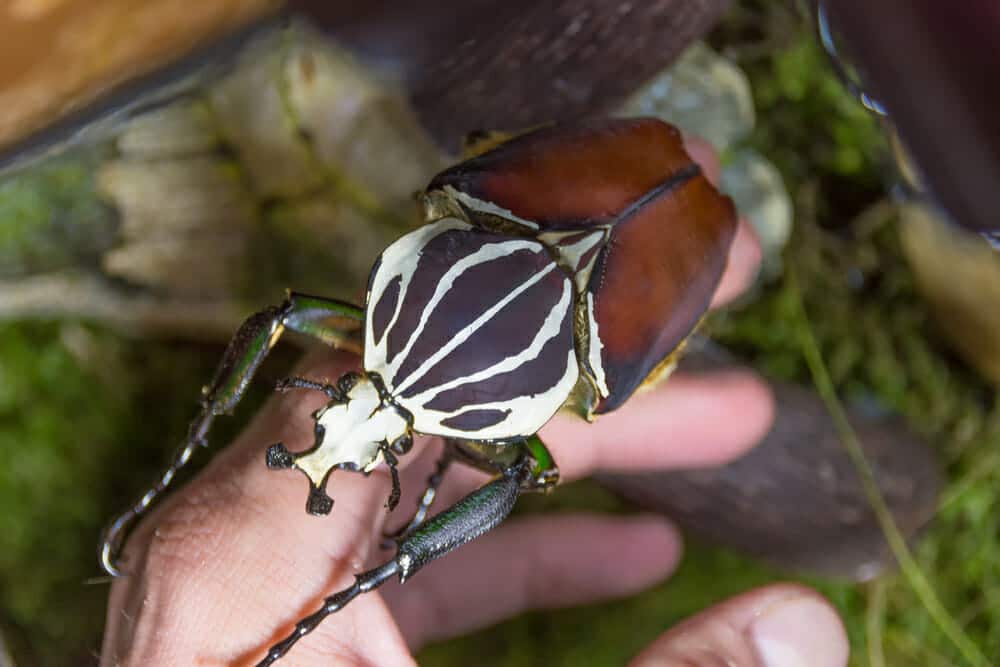
These massive beetles come in different color variations ranging from dull brown to vibrant shades of green and yellow. You can find them in tropical rainforests, lurking around in the shadows.
Their strong mandibles, which they use to defend themselves and gather food, are what these creatures are best known for.
Despite their intimidating size, Goliath Beetles are quite docile and make popular pets in some parts of the world.
#16 – LeafHopper
While Leafhoppers may seem like common insects, they have a unique characteristic, the ability to jump. And not just any kind of jump, these tiny creatures can leap up to 10 times their body length. This is thanks to their strong hind legs.

Usually found on plant leaves, Leafhoppers measure up to half an inch long and come in various colors, including green, brown, yellow, and red.
Leafhoppers feed on plant sap and tend to spread plant diseases as they move from leaf to leaf. However, they also play an important role in the ecosystem by serving as a food source for birds and other insects.
#15 – Camel Spiders
Spiders have a special place in terrors in our society, and the Camel Spider is no exception. Found mainly in desert regions, these arachnids can reach up to 6 inches in length. They have large jaws and tan/brown coloration. Without a doubt is a unique insect.

Although they have venom glands, Camel Spiders are not deadly to humans. Their jaws are too small to puncture human skin, though their bite can still be painful.
These creepy crawlies are active during the night. They primarily eat insects but also prey on small rodents or lizards as well.
#14 – Hercules Beetle
Another beetle making the list, the Hercules Beetle, is one of the largest insects in the world. These massive bugs can reach 6.7 inches in length and have a distinct horn on their heads (though only male beetles have this feature).
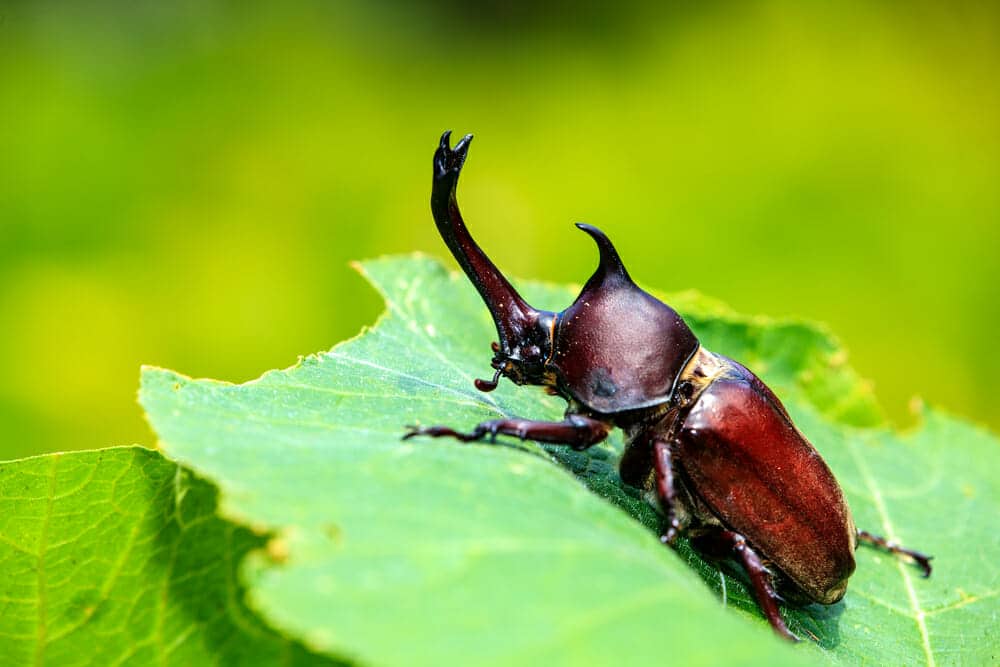
Found mainly in rainforest regions, Hercules Beetles come in shades of green and brown. People best know them for their impressive strength, they can lift objects twice their weight.
#13 – Puss Moth
A British native, the Puss Moth may not seem like your typical scary insect. But this furry caterpillar has a unique defense mechanism. It can release a foul-smelling liquid from its body to deter predators.
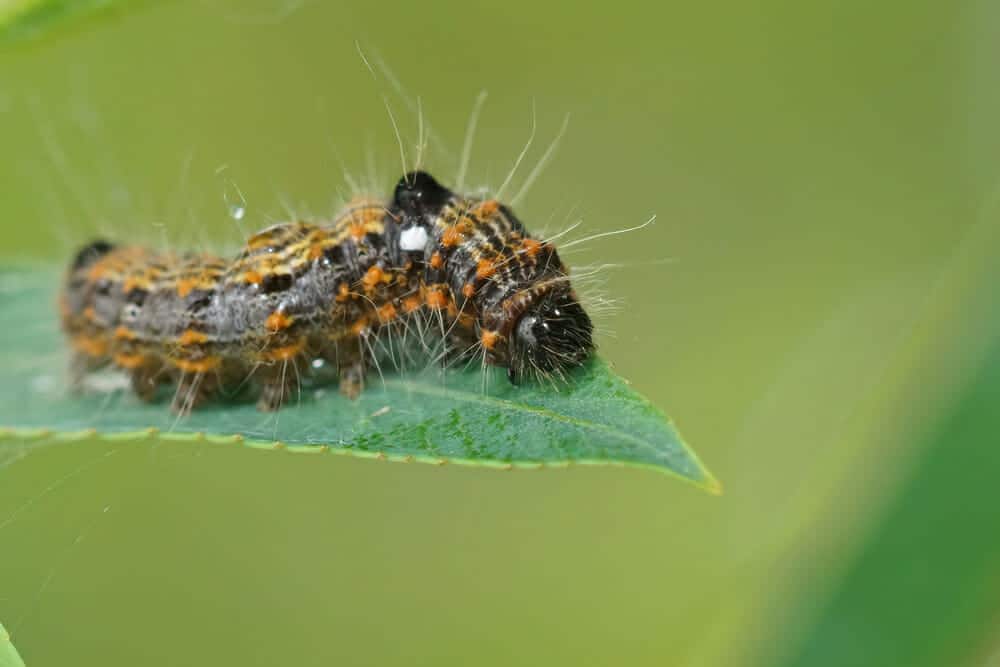
This worm-like creature grows up to 2 inches long and has a distinct gray/brown coloration with white stripes running down its back. It feeds on the leaves of various trees, including oak and willow. The moth then transforms into a beautiful gray / brown furry moth with white markings.
Despite their smelly defense mechanism, Puss Moths are quite harmless. As such, they make for interesting additions to any insect collection.
#12 – Elephant Hawk Moth
The Elephant Hawk-moth is one of the most vibrant and easily identified moths in the British region. The moth has a forewing length of approximately 30mm.
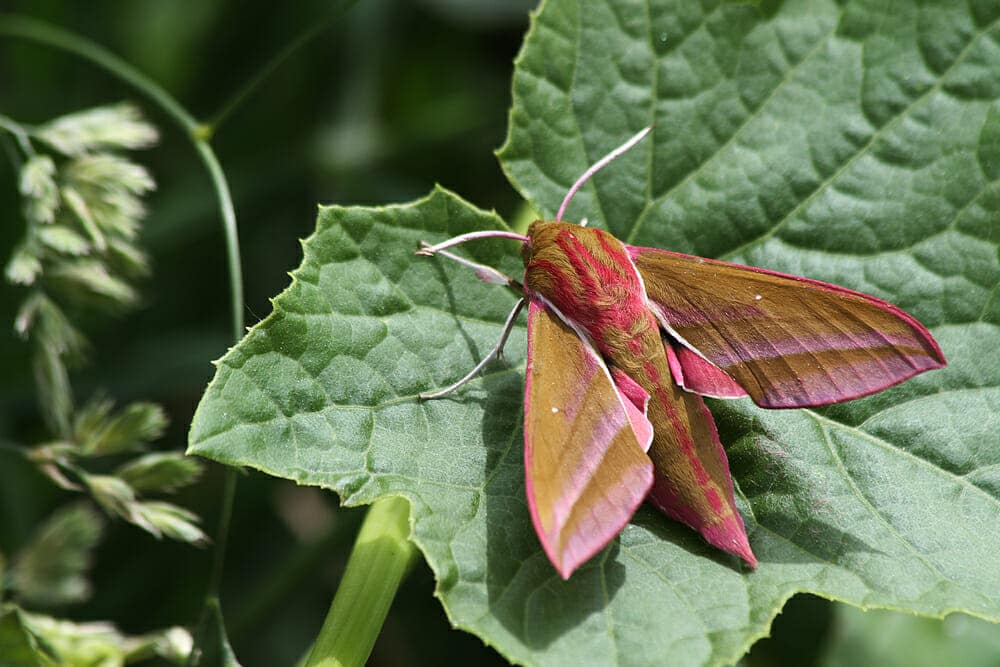
The creature gets its name from its caterpillar. It has a shape and coloration resembling an elephant’s trunk. When the moth is resting, it holds its hind wings in a manner that resembles falcon wings, hence the name “hawk.”
Related articles:
These moths are commonly found in gardens and meadows, where they feed on flowers such as honeysuckle and petunias. If you look closely, fuzzy hair-like projections can be present on the moth’s wings. This adds to its unique and interesting appearance.
#11 – Giant Long-Legged Katydid
Easily mistaken for a large stick insect, the Giant Long-Legged Katydid is a little-known member of the katydid family.

Found in South American rainforests, these insects can reach up to nine inches in length. They have a camouflage coloration that helps them blend in with their surroundings.
As their name suggests, they have long legs and slender bodies, with antennae nearly as long as their bodies. While these insects come from the family of grasshoppers, they resemble crickets in their behavior and diet. They feed mostly on leaves, flowers, and fruits.
These katydids are also known for their vocal abilities, producing loud calls at night to attract mates or ward off predators. So keep an ear out for their distinctive chirps while exploring the rainforest. You never know, you might just stumble upon one of these giant bugs!
#10 – Australian Walking Stick
Straight from a nightmare, the Australian Walking Stick is a large insect that can reach up to seven inches in length. These bugs have a distinct twig-like appearance. This helps them blend in with their surroundings and avoid predators.

Found mainly in Australia, these walking sticks also come in various shades of brown and green. As a result, it adds to their camouflage abilities. They feed on leaves, making them herbivores. Females tend to live to about 18 months old, while males live to only 6–8 months.
While they may look intimidating, they are generally peaceful and harmless to humans.
#9 – Thorn Bug
When you first see a Thorn Bug, it’s easy to mistake them for a piece of debris since its camouflage is so impressive. These bugs live mainly in Central and South America and can reach up to one inch in length.
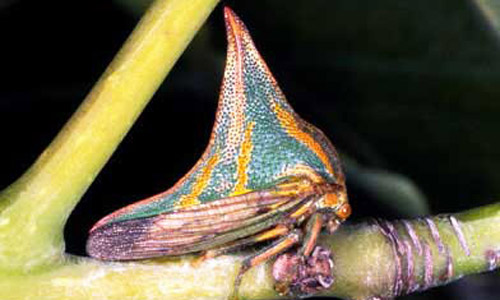
Their name comes from the distinct thorn-like protrusions on their backs, which they use for defense against predators. Treehopper is another name for this little creature.
These insects have a weird habit of feeding, they poke holes in tree branches with their long snouts and suck out the sap. They also eat plant juices and farmers sometimes consider them pests.
#8 – The Giant Weta
If you’ve never heard of a weta, you’re in for a real scare. The Giant Weta is one of the largest insects in the world. In addition, it has the heaviest weight record. It can weigh up to 2.5 ounces, though most weta isn’t quite that massive.
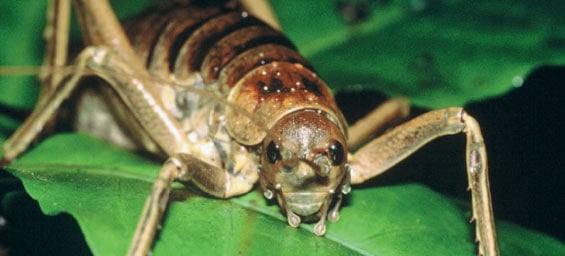
Found mainly on islands off the coast of New Zealand, these bugs have a distinct cricket-like appearance. However, they are more closely related to grasshoppers and cockroaches. They feed on plants and only have a lifespan of about 6-9 months.
#7 – Wheel Bug
Another creepy-looking insect, the Wheel Bug gets its name from the distinct cog-like marking on its back. You can find these bugs in North and Central America and can grow up to 1.5 inches in length.
Wheel Bugs prey on other insects. They use their large pincers to inject toxic saliva that liquefies the insides of their prey. As such, they’re often called “Assassin Bugs” and are beneficial to have in the garden as they help control pest populations.
They get their name from the cog like wheel on their back (which they also as a defense mechanism against predators)
#6 – The Brazilian Treehopper
The Brazilian Treehopper gets its name from its tree-dwelling habits and its distinct shape. Originally from Africa, North, and South American rainforests, these bugs can reach up to 1.5 inches in length. They also come in a variety of colors, like green and yellow.

A helmet of tiny hairy balls covers its head, giving it a bizarre appearance. They use these “horns” as a defense against predators and to produce sound. They love to suck on sap and plant juices, making them herbivores.
#5 – Titan Beetle
While the Giant Weta may be the heaviest insect in the world, the Titan Beetle takes the prize for being one of the longest insects. It can measure up to 6.6 inches in length!

Found in South American rainforests, these bugs have an intimidating appearance. They have dark coloring and large pincers. They predominantly feed on tree sap and can sometimes cause damage to trees and crops.
They use their intimidating pincers for defense against predators. Titan beetles also give a painful bite to humans if provoked. Despite their size, these beetles have a rather short lifespan. After mating and laying their eggs, they only live for about a few months.
#4 – Filbert Weevil
Despite the funny name, the Filbert Weevil is quite a striking insect. It has bright red-orange color and distinct antennae. You can find the filbert weevil from the regions of British Columbia to Mexico.
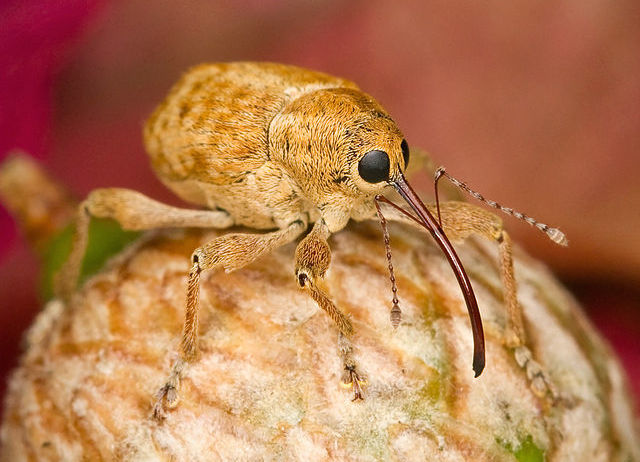
The colors of these weevils vary depending on their diet and habitat. Some have spots and others are solid in color. These bugs also have the interesting trait of playing dead when disturbed by predators.
In terms of appearance, weevils have big black eyes and long snouts. Their long snouts are for feeding on nuts, specifically filbert, and hazelnuts (hence their name).
#3 – Devil’s Flower Mantis
With a special skill that allows it to mimic flowers, the Devil’s Flower Mantis is one of the most interesting insects on this list. Native to Southeast Asia, these bugs can reach up to 4 inches in length and come in shades of green and brown.

The mantis uses its flower-like appearance as camouflage to lure in unsuspecting prey. It then grabs hold with its strong front legs and devours them. They also can change color to blend into their surroundings.
In terms of defense, they can also use their powerful front legs to ward off predators.
#2 – Alligator Bug
While it doesn’t look like an alligator, the color and texture of this bug’s body do give off a reptilian vibe. Native to the southern United States, these bugs can reach up to 1.5 inches in length. They are often seen in forests and other green areas. These creatures are also called “peanut head bugs” due to the large appearance of their head.
Alligator bugs have long legs and a flat body shape, making them excellent at sneaking up on their prey (mostly other insects). Their peanut-shaped heads make them look like snakes and not prey items to potential predators.
#1 – Creatonotos Gangis
A creature that’s certain to make your skin crawl, the Creatonotos Gangis is a species of moth found in Australia and Southeast Asia. These moths have long furry antennae.
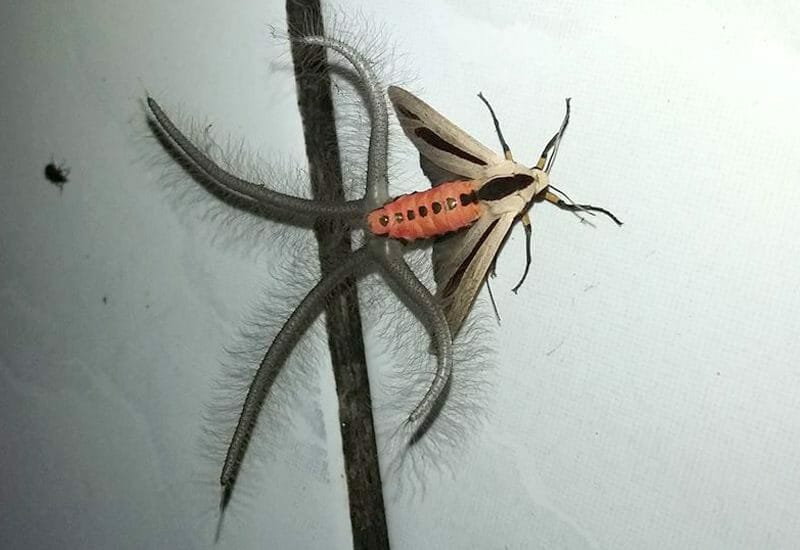
They also have an interesting feature on their abdomen, This is what we call coremata, which produce a pheromone to attract mates.
However, it’s what’s on their backs that really sets them apart. Hairy tubercles on their backs, combined with the colors and patterns of their wings, make them resemble furry caterpillars. These help to camouflage them from predators as they blend into tree branches and leaves.
Odd But Unique Insects You’ll Encounter
Whether it’s a bug that looks like a flower or one that’s like a furry caterpillar, the insect world has fascinating and unique creatures. From their diets to their defense mechanisms, each species has adapted in its own way to survive in the wild.
Next time you come across an insect, take a closer look and appreciate the diversity and beauty of these often underrated creatures. Who knows, you may just stumble upon a bug that looks like something else entirely.
We hope this article has taught you something new and sparked your interest in the amazing world of insects. Happy exploring!
Gordon is an ecologist with two degrees from Exeter University. He’s also a teacher, a poet and the owner of 1,152 books. Oh – and he wrote this website.
Disclaimer
Earthlife.net does not provide medical advice. We do our best to help users understand the science behind living beings; however, the content in the articles and on the website is not intended to substitute for consultation with a qualified expert. By interacting with the website and/or our email service, you agree to our disclaimer. Remember that you must consult a specialist before using any of the products or advice on the web.

